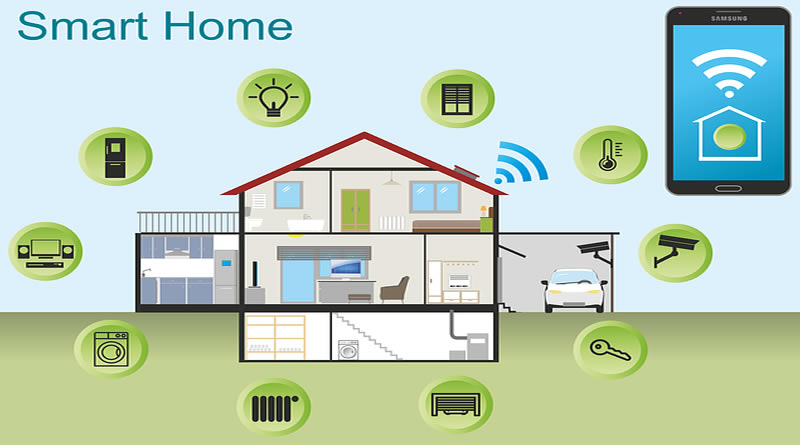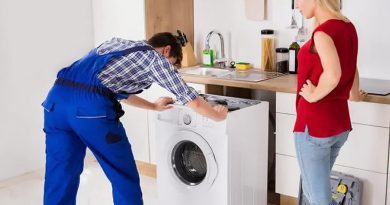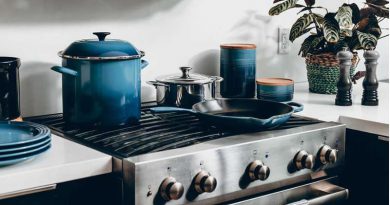The Relationship Between Household Appliances and Smart Home Systems: Integration Possibilities in the Future
Smart home technology has revolutionized the way we interact with our living spaces, offering convenience, efficiency, and enhanced control over various aspects of our homes. In this article, we will explore the relationship between household appliances and smart home systems, as well as the exciting integration possibilities that lie ahead.
The Rise of Smart Home Systems
In recent years, smart home systems have gained popularity and become more accessible to homeowners. These systems utilize internet connectivity, sensors, and intelligent automation to create a connected ecosystem within the home. They offer features such as remote control, voice commands, and personalized settings, enhancing comfort, security, and energy efficiency.
Integration of Household Appliances
The integration of household appliances into smart home systems has significantly expanded the capabilities and functionality of both. Traditional appliances, such as refrigerators, washing machines, and ovens, can now be equipped with smart features, enabling seamless communication and control through a central hub or smartphone application.
For example, a smart refrigerator can monitor food inventory, suggest recipes based on available ingredients, and even place online grocery orders. Similarly, a smart washing machine can be programmed to start a cycle remotely, adjust settings based on fabric type, and send notifications when the laundry is done. These integrations provide convenience, time savings, and greater efficiency in daily household tasks.
The Future of Integration
Looking ahead, the integration possibilities between household appliances and smart home systems are vast. As technology continues to advance, we can expect further enhancements and innovations in the following areas:
- Enhanced Interconnectivity: Future integration will focus on creating a seamless network where appliances communicate and collaborate intelligently. For instance, a smart home system can optimize energy usage by coordinating the operation of appliances based on real-time energy prices or demand.
- Predictive Analytics: Intelligent algorithms and machine learning will enable appliances to learn user preferences, adapt to individual habits, and anticipate needs. For example, a smart oven can preheat itself to the desired temperature based on the user’s typical cooking schedule.
- Energy Efficiency and Sustainability: Integration between smart home systems and energy management platforms will empower homeowners to monitor and optimize energy consumption. Appliances can adjust their settings to minimize energy usage during peak demand periods or based on renewable energy availability.
- Voice and Gesture Control: As natural language processing and gesture recognition technologies advance, voice commands and intuitive gestures will become increasingly integral to controlling appliances within a smart home environment. This will offer enhanced convenience and accessibility for users of all abilities.
In conclusion, the relationship between household appliances and smart home systems is rapidly evolving, opening up exciting possibilities for integration and enhanced functionality. The future holds the promise of a seamlessly interconnected ecosystem where appliances intelligently communicate, adapt, and provide personalized experiences, making our homes more efficient, comfortable, and sustainable.
Note: The availability and specific features of integration may vary depending on the smart home system and appliance brands. Always refer to the manufacturer’s documentation and compatibility guidelines for accurate information.




